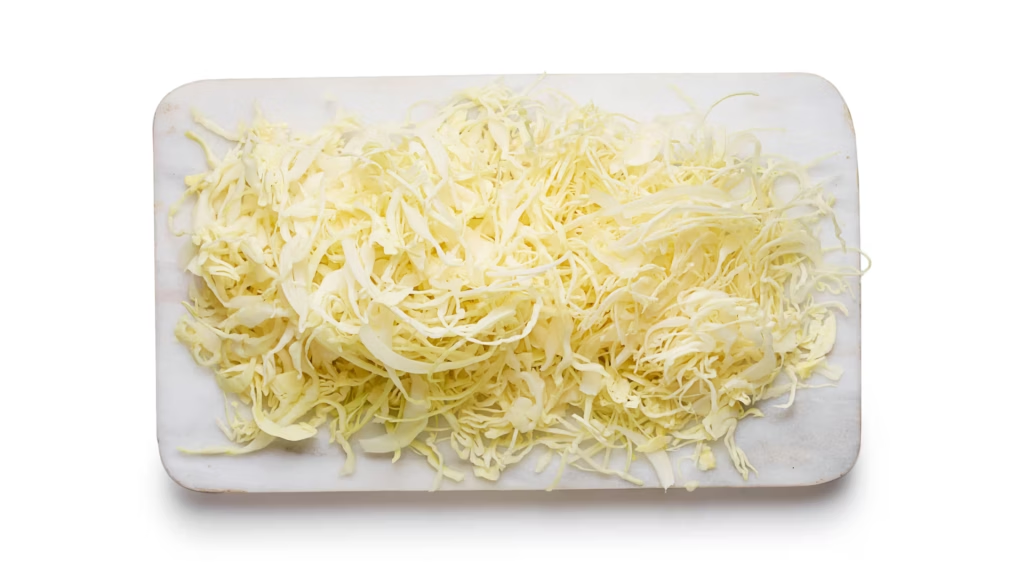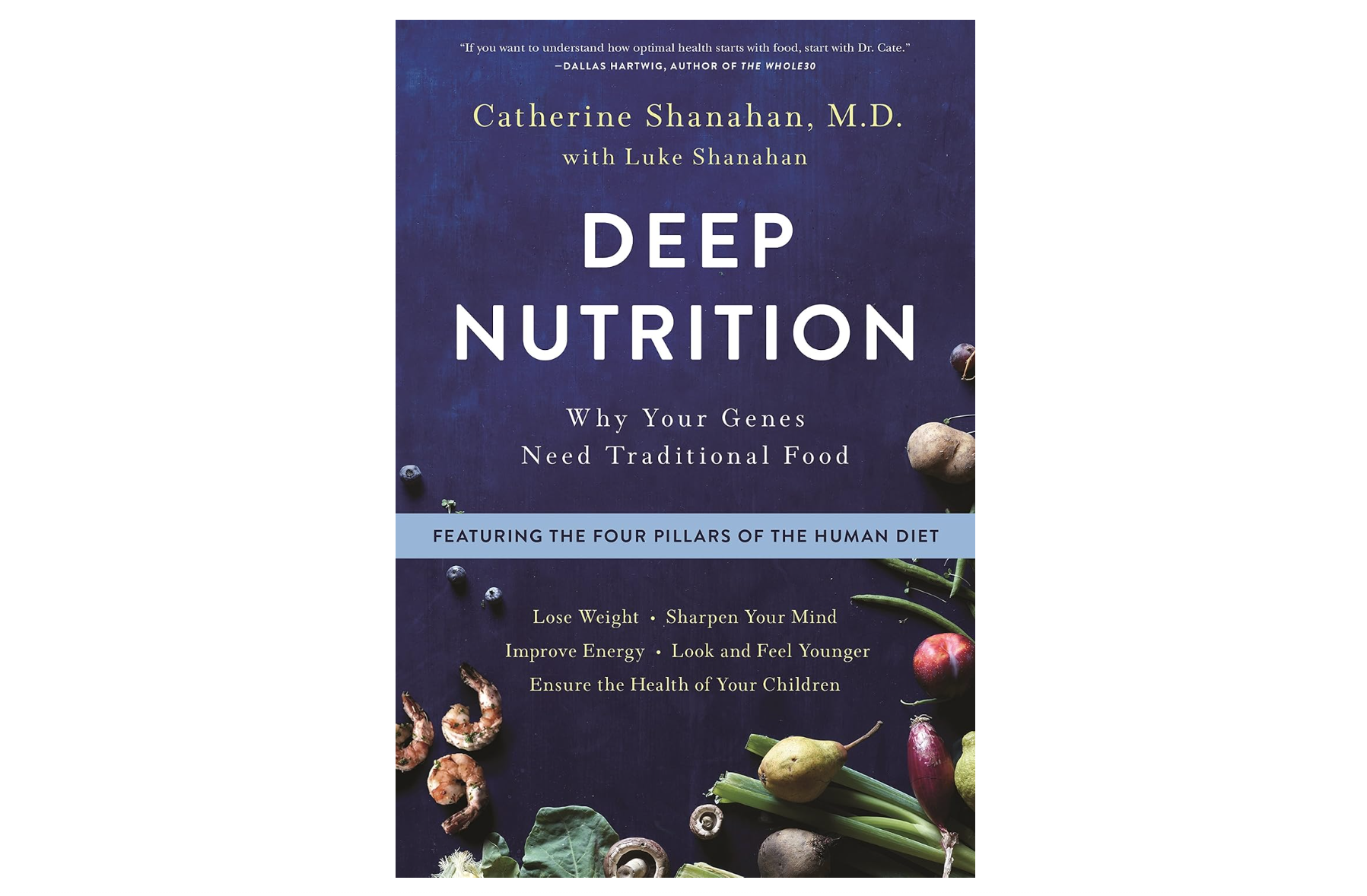Ever wondered why fermented foods like kimchi, yogurt, and sourdough are good for you?
It’s not just the flavor.
Fermentation actually adds nutrition to their raw ingredients.
What is fermentation?
Fermentation is a biological process involving microorganisms—primarily bacteria and fungi.
These microbes turn raw, indigestible ingredients into more nutritious, digestible foods for humans.
For example, sourdough bread, kimchi, yogurt, and kombucha, are all finished products of fermentation.
The process of fermentation can enhance the foods’ nutritional value.

How does fermentation make food more nutritious?
1. Microbes break Down Anti-Nutrients in Plants
Certain plant-based foods such as seeds and grains contain anti-nutrients.
Anti-nutrients are plants’ evolved defense mechanism against predators such as insects and other creatures.
An example of such anti-nutrient is phytates.

Phytates in seeds, grains, and legumes can block mineral absorption.
When we eat raw nuts or unleavened bread, these phytates prevent our bodies from absorbing key minerals like zinc, calcium, and magnesium in them.
This can lead to deficiencies, especially in children.
However, fermentation activates enzymes that break down phytates, unlocking these essential nutrients.
An example is fermented bread – sourdough.
The yeast and microbes in sourdough contain phytase enzymes, which break down phytates during fermentation. This releases the minerals in the bread, making them available for absorption.

2. Microbes Detoxify Harmful Compounds in Plants
Some raw foods like soybeans, contain compounds that can disrupt our health.
Two examples are goitrogens and phytoestrogens in soybeans.
- Goitrogens – Interfere with thyroid function.
- Phytoestrogens – Disrupt reproductive hormones, especially risky for infants and pregnant women.
Traditionally, Asian cultures would soak, rinse, and ferment soybeans to neutralize these harmful compounds.
This turn soybeans into miso, natto, tempeh, and tofu which are incredibly nutritious.

However, modern, mass-produced soy milk and soy-based infant formulas are not.
Many modern soy products—like commercial soy milk and soy-based infant formulas—still contain these harmful compounds.
Are there living bacteria when we eat fermented foods?
When we eat foods with living cultures (such as yogurt, pickles, and sauerkraut), our digestive system kills many of these microbes.
Some fermented foods, like aged cheese and wine, no longer contain live bacteria, while others, like yogurt and sauerkraut, do.

Regardless, fermented foods still retain higher levels of nutrients than the unfermented ingredients.
This is because the fermented foods have been enriched by the microbes once lived inside.
For examples, wine has more antioxidants than grape juice, cheese contain more protein than milk.
In fact, microbes are like mini vitamin factories.

They can produce:
- Essential vitamins (e.g., Vitamin K2, B12)
- Amino acids (building blocks of protein)
- Antioxidants (which fight cell damage)
- Enzymes (which aid digestion)
Even if some fermented foods no longer contain live bacteria, they still offer enhanced nutrition.
So, how can you add more fermented foods to your diet?
How can I ferment at home?
If you’re new to fermentation, there’s no need to be intimidated. Many fermented foods are widely available, and you can even make them at home!
Homemade sauerkraut is a great place to start:

- Shred a cabbage and mix it with a teaspoon of salt.
- Pack it into a jar, ensuring the cabbage stays submerged in its juices.
- Cover with a cloth and
- Leave it at room temperature for about a week.
- Enjoy your homemade probiotic powerhouse!
Fermenting at home is simple and rewarding. Making sauerkraut, for instance, requires just cabbage and salt.
With minimal effort, you can create delicious, nutrient-rich fermented foods.

About the Author: Dr. Cate Shanahan
Dr. Catherine Shanahan, M.D. (Dr. Cate) is a family medicine physician, biochemist, and nutrition expert known for her groundbreaking work in ancestral nutrition.
Her research into traditional diets—including Mediterranean, Okinawan, and Blue Zone eating patterns—led her to identify 4 key nutritional pillars that support lifelong health:
Fresh food, fermented and sprouted foods, meat cooked on the bone, and organ meats.

As a bestselling author, speaker, and consultant, Dr. Cate challenges conventional nutrition science, exposing industry biases and advocating for whole, unprocessed foods.
Her approach emphasizes how diet influences genetics (epigenetics), proving that what we eat can shape not just our health, but also the well-being of future generations.
Her insights on fermented and sprouted foods highlight how these ancient food preparation methods unlock nutrients, making them a cornerstone of what she calls “The Human Diet.”

